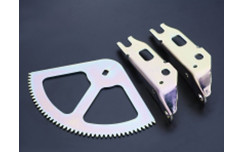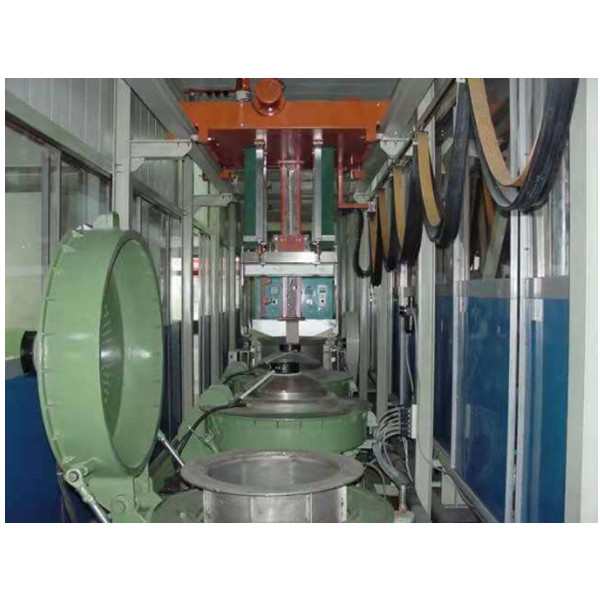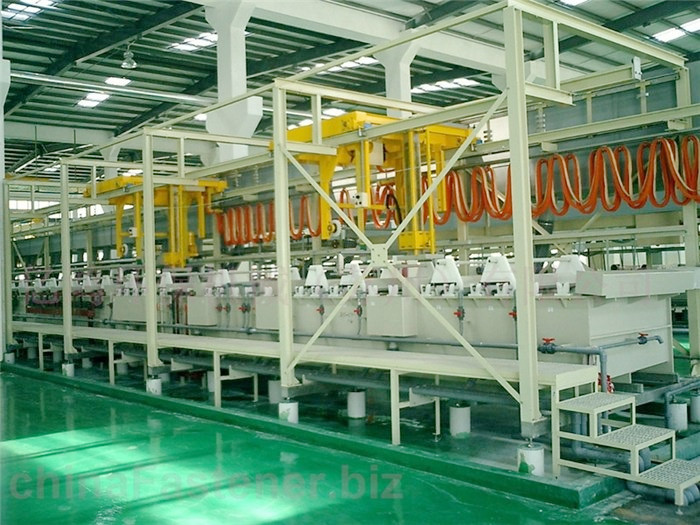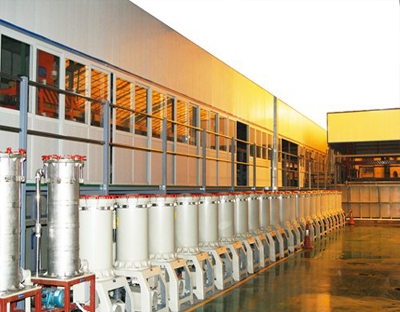Flow of filter
The nominal flow of the filter (T / h) refers to the maximum flow of the filter material through the clean water without blockage.Because the actual flow of the filter is a variable and cannot be marked; With the continuous accumulation of filter residue on the filter material, its resistance becomes larger and larger, the pressure in the machine becomes higher and higher (Modern filters are equipped with pressure gauges), and the actual flow becomes smaller and smaller.Therefore, the actual flow is always lower than the nominal flow. During circulating filtration, the nominal flow shall be 8-12 times of the tank liquid volume.
Filtering accuracy
Filtration accuracy refers to the minimum particle size that the filter material of the filter can filter out solid particles(μm). The actual accuracy is also a variable: when the more filter residues accumulate on the filter element (or filter cloth, filter paper, etc.), the more small pores in the upper part are blocked, and the filtration accuracy will gradually decrease.The factors affecting the actual filtration accuracy are as follows:
(1) Influence of filter material
If the same filter is replaced with filter materials with different accuracy, the filtration accuracy is different.For example, polypropylene wire wound honeycomb filter element, its nominal accuracy ranges from 0 • 2μm-20μM both.Changing different filter elements can change the filtration accuracy.
(2) Influence of filter structure
For some time, laminated platen filter was very popular, but after use, it was found that the filtration accuracy was very poor and could not reach the nominal accuracy at all.The filter factory has done a lot of research on this problem. At first, it was suspected that the accuracy of the filter cloth was not enough, and it was still not possible to test with imported high-quality filter cloth. Later, it was found that it was a pressing plate problem;The domestic product is the PP material pressing plate with the size of imported products measured and molded by open mold injection molding, but the mechanical strength of the pressing plate of domestic PP material injection molding is not enough. After being pressed in the middle, there are thin joints around, forming a straight through shape of the solution part.Finally, we have to modify the mold and thicken the pressing plate to improve the mechanical strength, so that the accuracy can be improved.
For wire wound filter elements, at the beginning, when a group of filter elements are pressed through the cover plate of the filter cartridge, the filter elements are pressed at the same time. However, due to the error in the length of the filter element and the deformation in the process of use, some filter elements are pressed and sealed well. If the size is slightly shorter, they are not pressed tightly and have weaknesses. The resistance where they are not pressed is small, which also causes the filtrate to pass through.Now, the single filter element is changed to the way of cock.
(3) Influence of installation quality
If there are large particles of mechanical impurities, it cannot be pressed tightly. If the rubber gasket is lost or there are large particles of mechanical impurities on it when installing the filter element, it cannot be pressed tightly, which also causes the weakness of low resistance.Therefore, careful operation shall be carried out when installing the filter element.
The selection of filtration accuracy depends on the solution requirements.There is a contradiction: the higher the filtration accuracy, the cleaner the filtration is, but the faster the filter material is blocked, the faster the actual flow decreases, the more frequent the filter element is cleaned, and the more difficult it is to clean thoroughly.The electroless plating solution requires high precision and should be within 2μm, and for copper plating and nickel plating 5μm is good. The galvanizing solution gets dirty quickly, the requirement is not too high, 10μm-20μM is ok. The cleaning is too frequent when the precision is high.








 Oct. 20, 2021
Oct. 20, 2021 





